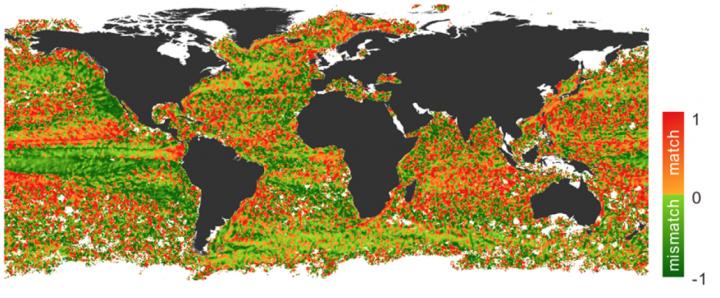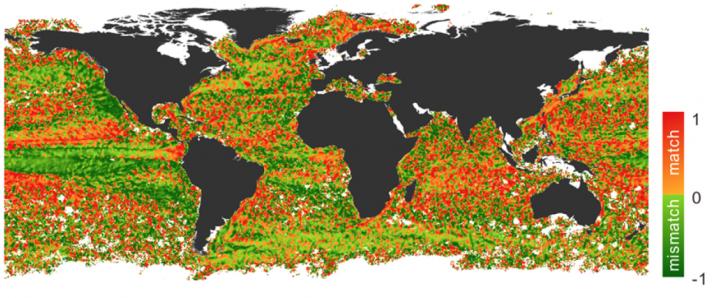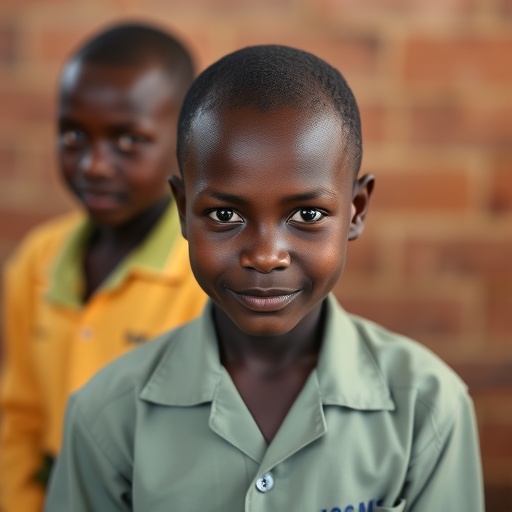
Credit: García Molinos et al., Scientific Reports, May 2, 2017
Ocean currents affect how climate change impacts movements of species to cooler regions.
A new study published in Scientific Reports provides novel insight into how species' distributions change from the interaction between climate change and ocean currents.
As the climate gets warmer, species migrate to new regions where conditions are more tolerable, such as higher latitudes, deeper waters, or higher terrain. This leads to a shift in their geographical range that can produce significant changes to ecosystems and serious socioeconomic and human health implications. But their prediction is difficult because of the complex interactions between changes in climate and other existing human, environmental and biological factors.
"External directional forces, such as water and air currents, are one of those important but overlooked processes that act as conveyor belts facilitating or hindering the dispersion of species" says Dr. Jorge García Molinos, the lead author at the Arctic Research Center of Hokkaido University. "How the movement of climate relates to the movement of water can offer valuable insight to better understand how species track a shifting climate."
García Molinos and his collaborators in the UK and Germany have developed a simple metric to capture the directional agreement between surface ocean currents and warming. They used it in combination with other parameters to build an explanatory model for 270 range shifts in marine biota reported around the globe.
They found that species expanded their range faster and kept track of climate better when ocean currents matched the direction of warming. "We were expecting ocean currents to be most influential at the leading 'cold' edge of a species' range, where warming represents an opportunity for the expansion of its range," comments García Molinos. "In those situations it's a little bit like a conveyor belt at an airport terminal. If you want to get to your boarding gate and you walk with the belt, you approach the gate faster than if you just stand on it passively. If you take the belt that goes in the opposite direction you will need to walk fast or even run to make progress."
However, matching ocean currents and warming unexpectedly slowed down range contractions, or the speed of withdrawal at the "warm" edges. "This was somehow a surprise because we were expecting contraction rates to be mainly driven by the rate of warming," says co-author Prof. Michael T. Burrows. The authors hypothesized this effect to be related to how currents link local populations within a species' range. Populations of the same species living in warmer waters are naturally adapted to higher temperatures than those inhabiting colder waters. Where currents go in the same direction as warming, populations adapted to warmer conditions would seed individuals into those thriving in cooler waters, which could result in increased genetic variation and adaptation to warming, therefore slowing contraction rates.
"Our study suggests how directional forces such as ocean or air currents can influence the coupling between climate change and biogeographical shifts. Our simple metric can be used to improve predictions of distribution shifts and help explain differences in expansion and contraction rates among species," concludes García Molinos.
###
Media Contact
Naoki Namba
81-117-062-185
@hokkaido_uni
https://www.global.hokudai.ac.jp/
############
Story Source: Materials provided by Scienmag





